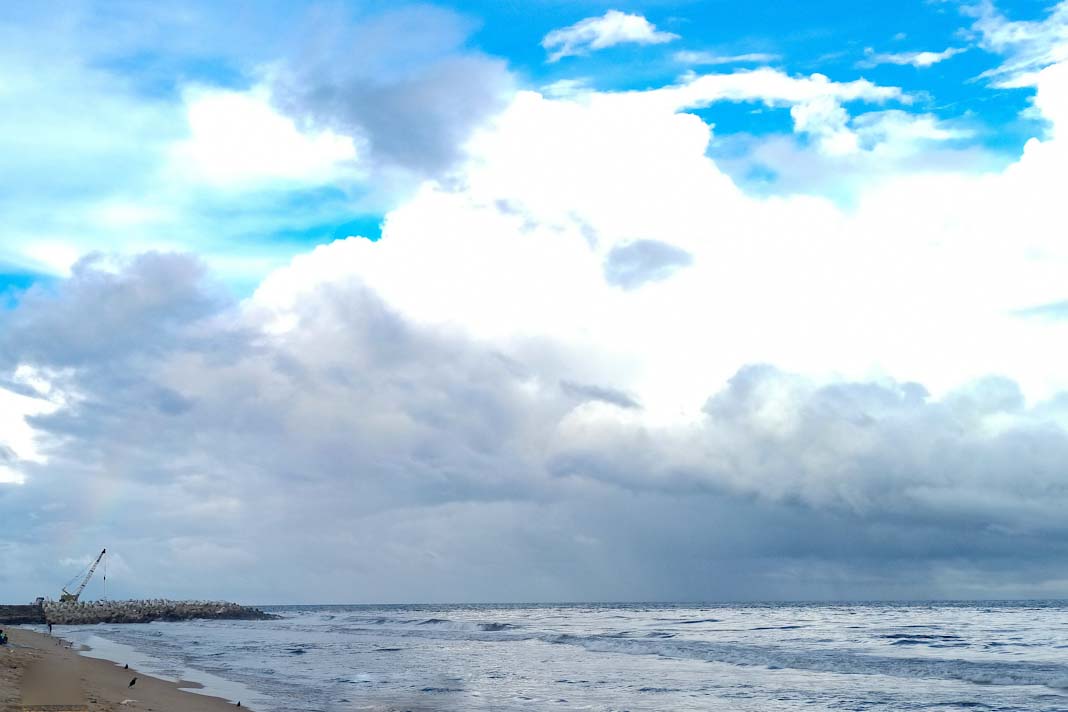Monumental shifts in global tanker flows that followed the Russian invasion of Ukraine led to structural increases in crude and product tanker tonne miles back in 2022 and 2023, significantly impacting tanker rates and earnings. Whilst these changes in flows were essentially a one-off event, it appears that Russian trade can still impact the mainstream tanker market now, even if the vast majority of its flows have shifted into a grey fleet, reports Gibson.
Russian effect
Russian crude and clean product exports have witnessed a sizable dip in recent months. Crude shipments from Russia’s Western ports peaked in March and have since then gradually declined by 0.6 mbd, reaching a yearly low in August. A similar decline was observed in exports of clean petroleum products, which fell by 0.55 mbd between January and August. Whilst voluntary production cuts and Ukrainian drone attacks on Russian energy infrastructure have played a certain role behind lower shipments, flows have also been influenced by seasonal factors. Peak internal demand during summer months meant higher refining runs, with rising volumes of crude and products retained domestically.
As Russian exports are predominantly long haul nowadays, the negative impact on tanker tonne miles has also been outsized. In addition, we have also seen the temporary seasonal opening of crude tanker transits from Murmansk into China via the Northern Sea Route. In August, shipments via this route averaged circa 125 kbd and are on track to reach a similar level in September.
Whilst these volumes are fairly modest, they still have a disproportionately high impact on tanker tonne miles due to considerably shorter distances travelled compared to Suez Canal routing. Faced with reduced demand from Russia, it is perhaps not surprising that some mainstream players who have been able to engage in Russian trade under price cap conditions were forced to seek trading opportunities elsewhere, increasing tonnage availability in the mainstream, non-sanctioned market.
In the short term, trade dynamics are likely to change once again. With a number of Russian refineries going through autumn maintenance, crude exports are expected to rebound. Tanker transits through the Northern Sea route also typically conclude in October. Seaborne clean exports could also rise following the end of refinery maintenance, as demand seasonally declines during winter months. At the same time, we are also likely to see rising Turkish straits delays heading into Q4, which will impact tankers trading both Urals and CPC barrels, whilst any ice class conditions in the Baltic this coming winter will only further tighten tonnage availability.
In the longer term, the future of Russian trade is more uncertain. Declining production at maturing fields could see some downward pressure on crude exports, whilst rising domestic demand will eat into clean product tanker exports, unless additional downstream and upstream investments are made, but this could be challenging considering western sanctions.
Did you subscribe to our daily Newsletter?
It’s Free! Click here to Subscribe
Source: Gibson
























